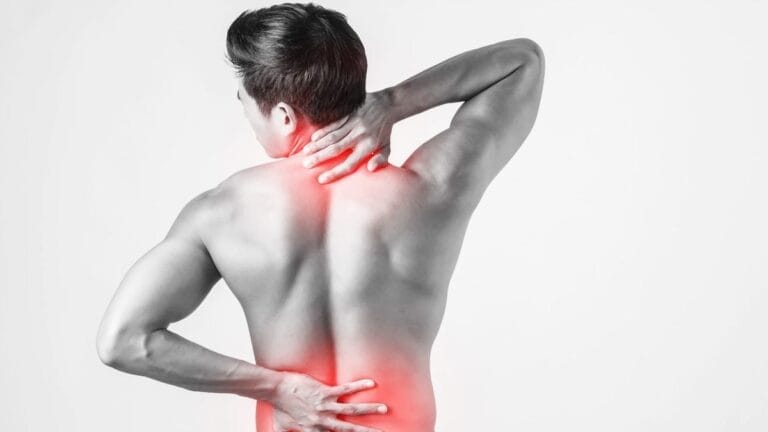Neck pain, a common condition, can result from various factors including injuries, prolonged wear and tear, and degenerative conditions like arthritis. This pain often originates from soft tissue abnormalities, such as muscle strains or ligament sprains, and can sometimes involve bone and disk issues in the cervical spine.
Anatomy of the Cervical Spine
The cervical spine, consisting of seven vertebrae, supports the neck and head, allowing for a wide range of motion. The spine includes:
- Vertebrae: Bones providing structural stability.
- Intervertebral Disks: Shock absorbers between vertebrae.
- Spinal Cord and Nerves: Transmit messages between the brain and muscles.
Common Causes of Neck Pain
- Soft-Tissue Abnormalities: Muscle strains or ligament sprains from injuries or overuse.
- Cervical Disk Degeneration (Spondylosis): Degeneration of the cervical disks leading to narrowing spaces between vertebrae, causing pain and potential nerve compression.
- Injuries: Trauma from accidents, sports, or falls, leading to muscle and ligament damage or, in severe cases, fractures and spinal cord injuries.
Symptoms and When to Seek Medical Care
Neck pain symptoms vary based on the underlying cause but often include:
- Persistent or severe pain
- Pain radiating to shoulders, arms, or upper back
- Numbness, tingling, or weakness in the arms or legs
- Headaches or difficulty with fine motor skills
Immediate medical care is necessary if neck pain follows an injury, or is accompanied by radiating pain, numbness, or motor skill difficulties.
Diagnosis
A thorough medical history, physical examination, and imaging tests such as X-rays, MRI, or CT scans are used to diagnose the cause of neck pain and assess its severity.
Treatment Options
Nonsurgical Treatments
- Rest and Pain Management: Rest and medications like NSAIDs to reduce pain and inflammation.
- Physical Therapy: Exercises to strengthen neck muscles and improve posture.
- Bracing: Temporary use of cervical collars to support the neck.
Surgical Treatments
Surgery is considered for severe cases unresponsive to nonsurgical treatments, involving procedures to relieve nerve compression or stabilize the cervical spine.
Prevention
Preventive measures include:
- Regular exercise to strengthen neck muscles
- Proper ergonomics to reduce strain
- Using seat belts in vehicles and proper sports safety gear





